Efficiency at scale
Exploring the advantages of WordPress multisite networks
As one of the world’s leading WordPress agencies, Big Bite has extensive experience in building and maintaining many multisite applications, so in this article we share our insights while highlighting both the limitations and advantages of the functionality.
When WordPress first introduced multisite capabilities back in 2010, the powerful feature was largely met with wide praise from the online publishing community. Directly resolving a number of key challenges for large scale content creators, the functionality finally enabled users to create and manage an unlimited number of WordPress sites, with multiple domains, all via a single WordPress installation.
Over 12 years and many updates later, the WordPress platform has evolved significantly and today it not only powers over 40% of all websites, but is also the leading choice for news publishers. As such, some of the functionality it offers today – particularly full site editing – arguably negates the need for the original multisite feature. Coupled with the fact that it’s now also possible to share code across single sites via dependency management tools such as Composer, this has raised the question as to whether or not multisite remains relevant.
Multisite explained
In broad terms, a multisite network is a collection of websites that all share the same core files and can be managed via one central admin system or dashboard. Specifically within the WordPress platform, multisite functionality was first introduced as part of the platform’s 3.0 update in 2010, enabling a single installation of WordPress to be used to create and run an unlimited number of WordPress sites.
Multisite is often the preferred option when multiple sites need to be created on behalf of an organisation, with each site requiring similar features and shared users, while also retaining a level of administrative independence and creative individuality.
There are a number of benefits to this approach, which we cover further within this white paper, with the primary advantage being the centralisation of all sites within one single ecosystem.
Understanding the limitations
Opting for a multisite infrastructure is a major architectural decision, and as such, it should not be made without sufficient exploration of an organisation’s publishing requirements. Without a clear need to re-use design blocks or syndicate content across multiple sites, a multisite approach can lead to unnecessary technical complexities. The solution also has a number of limitations that should be carefully considered, which we’ve detailed below.
Single point of failure
As with most centralised systems, the greatest risk of running a multisite network is that it creates a single point of potential failure. With a solitary codebase running on all sites, just one errant code change could negatively impact every site on the network, delivering a poor experience to potentially millions of readers and slashing revenue generation. At Big Bite, this risk is mitigated through comprehensive code reviews, end-to-end testing, and unit testing to ensure that any potentially harmful bugs are identified and addressed well in advance of code being deployed across a multisite ecosystem.
It’s also worth noting that high levels of traffic on one site can negatively impact the speed of other sites on the same network, resulting in a sluggish user experience and lower search engine rankings. Fortunately, this issue can be avoided simply by ensuring that adequate hosting provision is in place – at Big Bite, we partner with WordPress VIP and WP Engine which both deliver best-in-class hosting solutions for enterprise organisations – complete with auto scaling – to preempt any such problems.
Single point of access
If an unauthorised person is able to gain access to one site on a multisite network, potentially they can access every other site across the network too. At Big Bite we eliminate this security risk via the addition of multi-factor authentication or single sign-on (SSO) functionality, as well as IP restrictions for management dashboards, which we recommend for both multisite and single site WordPress installations.
Functionality restrictions
While it’s possible for sites across a multisite network to have varied functionality, required plugins and themes are installed at a network level by a network administrator rather than individual site administrators. This means that all plugins and themes are automatically available to all sites within a network, and where the multisite setup itself isn’t properly configured, this can quickly result in a bloated database if lots of different features are required for different sites.
In the absence of site-specific codebases, it can also be difficult to accommodate the varied functionality requirements of every site on a network, particularly as all sites need to use the same versions of plugins. In addition, some plugins are completely incompatible with multisite setups, and some may also work differently compared to how they function on a single site installation.
At Big Bite we overcome these issues by carefully managing the effect of plugin changes across a large network of sites, and by building custom plugins with options that can be selected at a site level.
Decoupling difficulties
Once sites have been created as part of a multisite network, it can be very complicated – though not impossible – to separate them if required later down the line. This is particularly problematic if data is shared across a network, and while it’s possible – and largely beneficial – to store data at the base site of a network and access it from anywhere, this ties subsites to the network for that data. Although plugins to automatically decouple sites have been made available in more recent years, more often than not, the process is still largely a manual one that requires professional expertise to carry out backups, imports, and error handling.
From a technical viewpoint, it’s also preferable to begin within a multisite setup rather than build out a multisite solution from an existing single WordPress site, which again strengthens the case for a full exploration of an organisation’s publishing requirements prior to any development work being undertaken.
Despite these limitations, multisite networks still offer significant advantages to large scale organisations, which we cover in the next section of this paper.
Enterprise advantages
Through our extensive experience of working exclusively with enterprise-level businesses, we’ve found that a multisite solution offers a number of crucial – and somewhat unique – benefits over single site installations for organisations that need to run a large number of sites across multiple teams or departments.
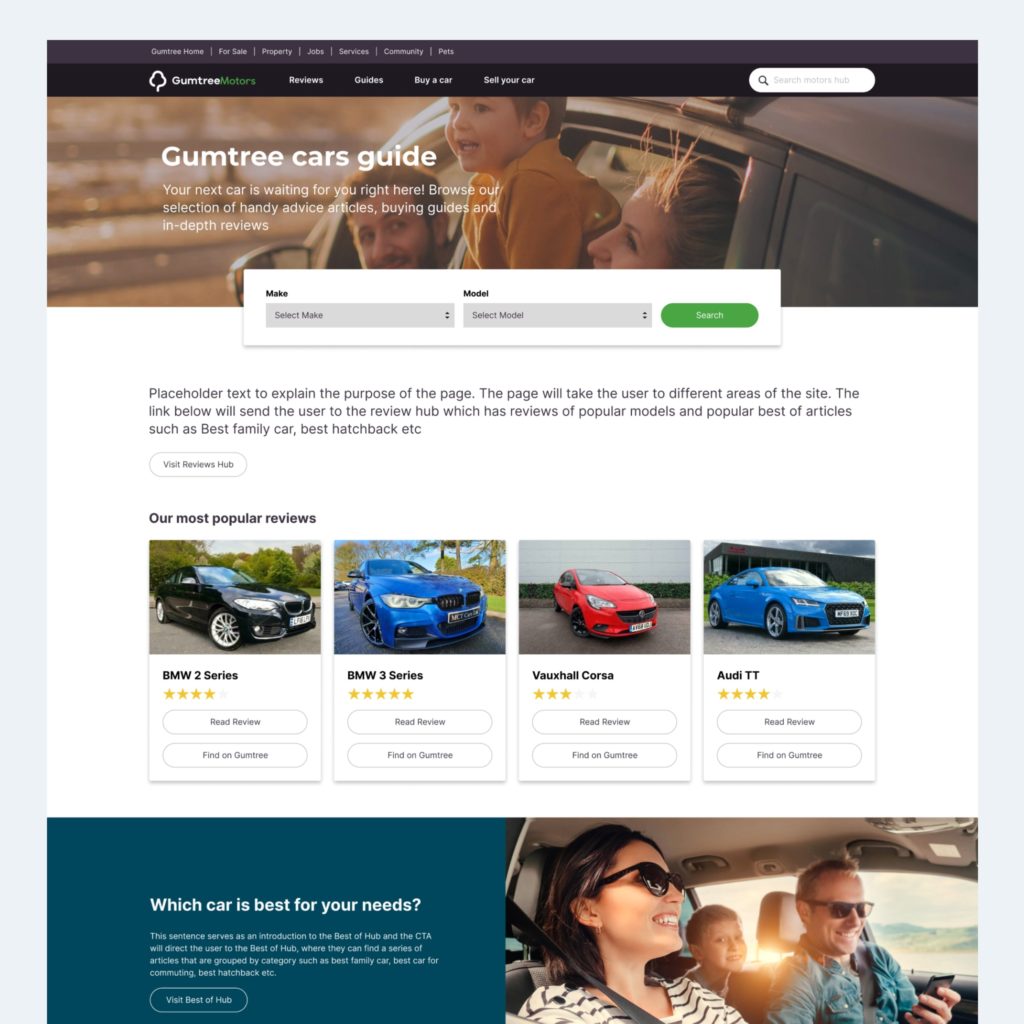
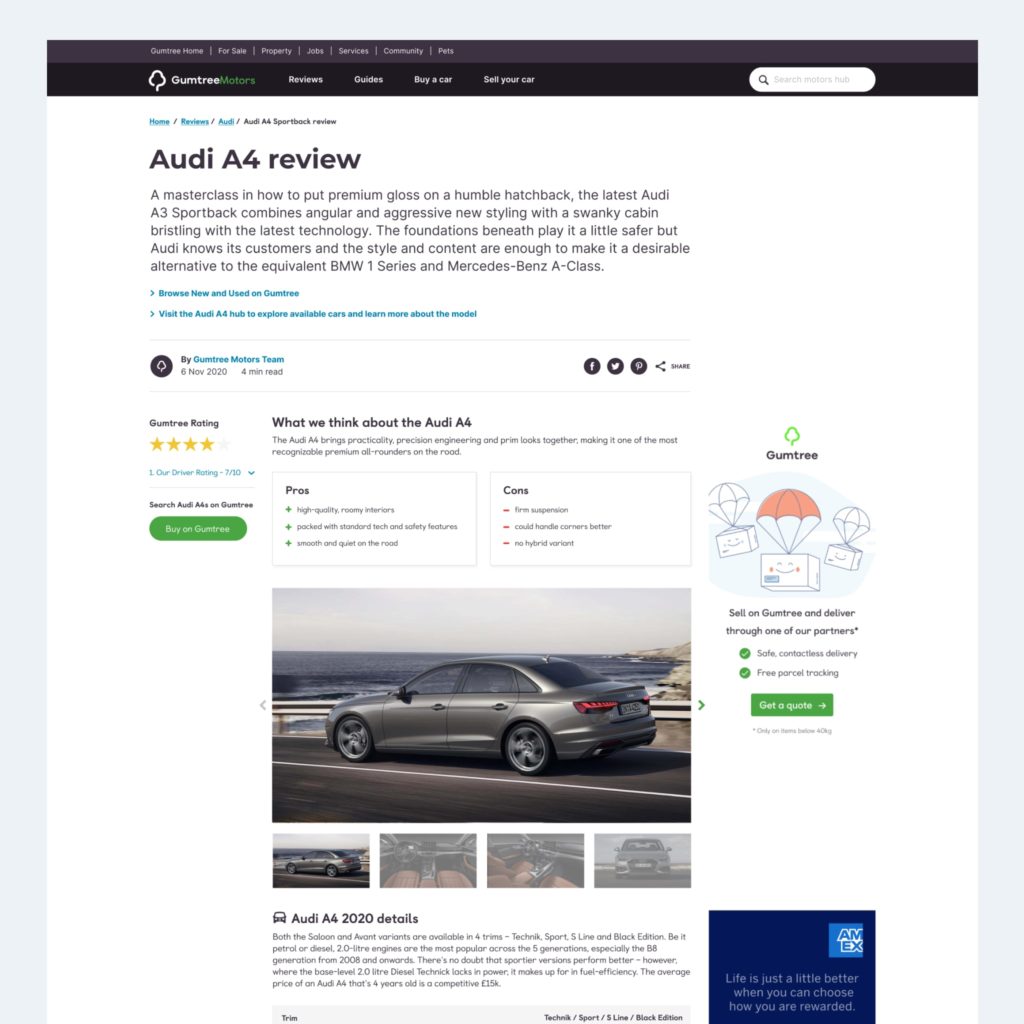
Consistency
Where organisations have a large number of sites being managed by different teams – sometimes across multiple continents – it’s common for both the visual and functional consistency of the sites to become increasingly diluted, resulting in a loss of brand unity. This lack of aligned messaging often negatively impacts the audience perception of a brand by reducing familiarity and recognition, ultimately diminishing consumer trust.
A multisite ecosystem provides a powerful solution to this problem as custom themes – along with required plugins and shared components – can be easily rolled out to all sites on a network, providing editorial teams with a consistent set of tools to create and publish content. Any changes or updates to these centralised themes, plugins and components are applied at a network level, resulting in fast, reliable and automated uniformity across an organisation’s entire portfolio of online sites and publications.
Internationalisation
Although there are a range of language support options across WordPress, the platform’s most popular multilingual plugin – MultilingualPress – can only be utilised within a multisite network. The tool makes it possible to easily create sites in as many languages as required without losing site performance, and offers intuitive translation management functionality as well as automatic redirects and language switch options for end users.
By more easily enabling publishers to run different languages on separate sites, this can often be a crucial factor when considering whether or not a multisite network is the optimum choice, particularly for enterprise organisations with a global audience or international presence that need to engage with readers in their own native languages.
Efficiency
A multisite setup enables users to manage all sites across a network from a single WordPress dashboard, easily accessing, editing and syndicating content across different sites as required. Where SSO authentication is required as part of a wider company policy, this can also be easily integrated to give users consistent access and editing permissions for all sites within a network.
Multisite networks also facilitate efficient development to save valuable time and resources. Any functionality additions or alterations can be created just once within the core code, and then automatically pushed out to all applicable sites, negating the need to update each site individually.
Security
To bolster the safety of an organisation’s publishing ecosystem, all sites within a multisite network can be updated to the latest version of WordPress with just one click. Additionally, the data contained within every site can be stored via a single backup, eliminating the requirement to backup information on a per site basis. This can save a tremendous amount of time and resources, and provide ongoing peace of mind.
Scale
In our experience, efficient scalability is the most significant advantage that a multisite network can offer an enterprise organisation. While a network should be overseen by super administrators with a level of technical proficiency, by creating a predefined framework within a multisite setup we can empower global brands and businesses to quickly spin out new sites and pages. This means non-technical teams can easily self-build and self-publish digital content via a user-friendly interface and on-brand design blocks, removing reliance on internal and external development resources.
The approach not only makes it possible to create, collaborate and publish content within much shorter timeframes, it also enables organisations to rapidly expand their digital presence and meet ambitious business or messaging goals without being hindered by technical requirements or processes.
Multisite in action
At Big Bite, we’ve enabled enterprise organisations across a wide range of sectors to utilise the power of multisite networks. This includes global brands with dispersed editorial teams, international organisations sharing content across multiple continents, and higher education providers delivering programs on behalf of the world’s most prestigious schools and universities.
Here we highlight just a few examples that demonstrate the benefits of multisite in action:
Gumtree
Over a third of the UK’s population use Gumtree every month to find cars, services and second-hand items in their local area, making it the nation’s number one classified ads site.

Multiple content hubs
The brand commissioned Big Bite to build an enterprise level WordPress ecosystem, enabling it to efficiently self-build and self-publish articles across multiple content hubs. After successfully developing a multisite network, we worked in collaboration with Gumtree and its editorial providers to launch its first content hubs – Gumtree Cars and Gumtree Lifestyle – in 2021. The WordPress ecosystem also acts as a central point for all of the brand’s current and future hubs, which means content can be easily shared across its sites and linked back to a single source to manage updates and revisions. Content can also be unsynced to allow localisation on individual content hubs.
Universal user management
The multisite setup also enables Gumtree to easily create and manage the admin permissions of an extensive number of users at a network level, giving them appropriate access to hubs as required and removing the requirement to set permissions on a per hub basis. This includes Contributor, Author and Editor roles.
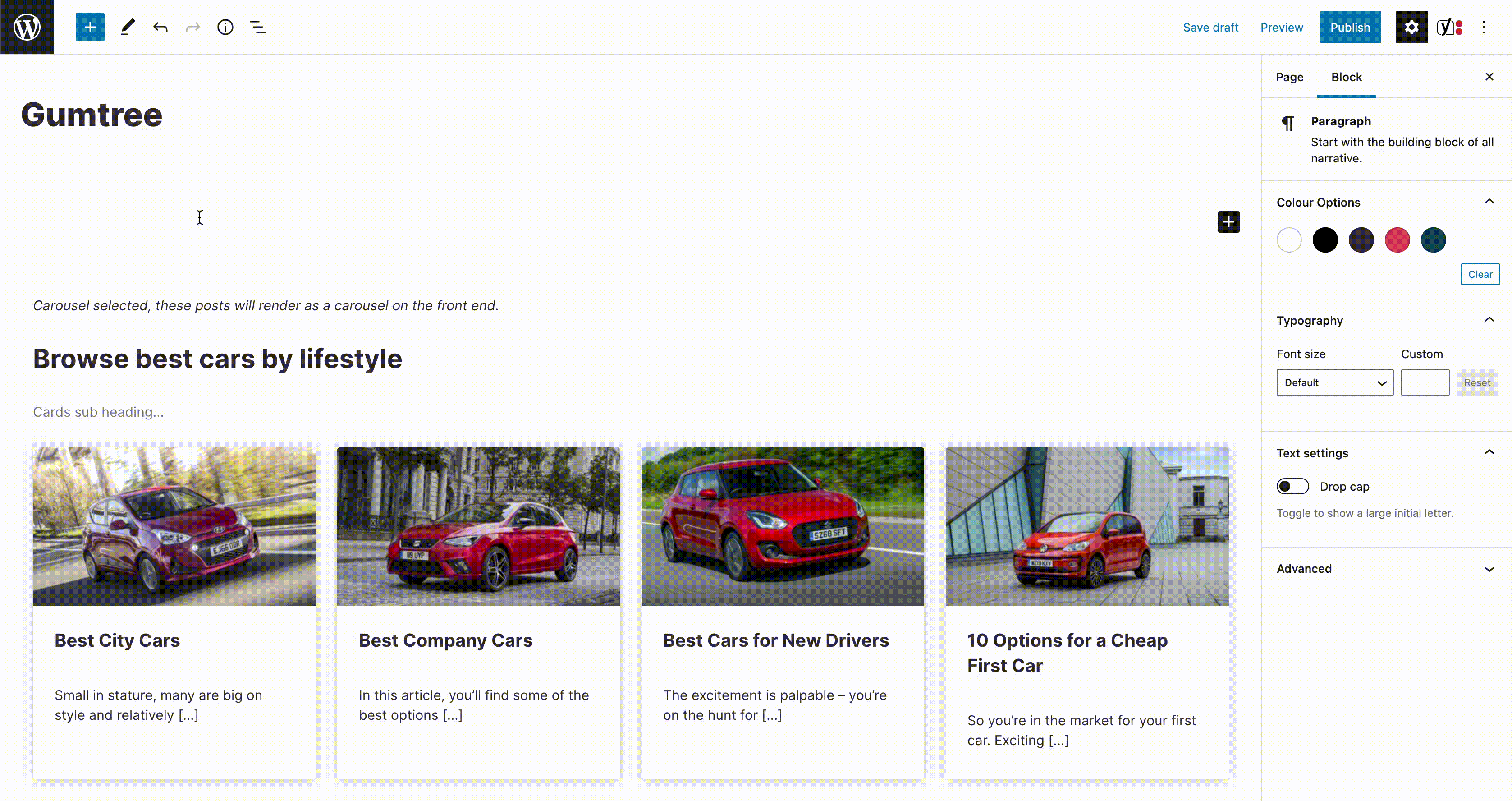
Shared component library
In addition, the ecosystem includes a shared component library that allows Gumtree’s internal and external contributors to effortlessly create digital content via a broad selection of reusable design blocks. Each of these components has been specifically developed to enable the organisation to retain brand consistency while also publishing content in a wide range of article formats, including advice articles, best-of lists, reviews, and in-depth analysis of popular makes and models.
Facilitating such rich content not only improves the SEO of the hubs to gain more organic traffic, it also significantly strengthens consumer confidence, answers questions potentially acting as purchasing barriers, and ultimately encourages further sales via Gumtree’s classified ads.
From car guides to our safety hub, our new WordPress powered platform allows us to reach more users in more ways. Prior to working with Big Bite, we had limited ability to publish and seed out content.
Big Bite developed our platform using Gutenberg, to allow our non-technical teams to self-build and self-publish content, ensuring we can drive scale and at speed without relying on technical resource in-house.
We’re also able to create and publish articles in a vast range of formats across multiple content hubs, all via a single interface.
Hannah Rouch
Chief Marketing Officer – Gumtree UK
Octopus Group
Octopus Group is a collection of entrepreneurially-minded businesses, and since it was founded at the turn of the century, it has quickly evolved into one of the UK’s fastest growing companies. It predominantly operates in the financial services and energy supply sectors, and each business within the group – which includes Octopus investments, Octopus Energy, and Octopus Ventures – has distinct objectives and markets.

Shared design language
When the Octopus Group first engaged Big Bite it had a number of sites that were visually inconsistent and managed externally, which reduced its brand impact and slowed down additions and updates. After gaining an extensive understanding of the organisation’s workflows, procedures and publishing challenges, we addressed these issues via the development of a multisite network and implemented the brand’s design system within the WordPress Gutenberg editor as a custom theme. This has provided a shared design language for all of the group’s digital publications, enabling teams to save production time and achieve a uniform identity and experience across all of the group’s sites through the use of best practice design blocks.
Independently managed sites
The multisite foundation means that each of the sites can be independently managed by a different team or business across the group while retaining brand compliance through the design system. Using a custom admin panel, non-technical teams across the company can now also produce their own web pages in just a matter of days – significantly quicker than ever before – and they’re able to make daily updates and changes where needed which had previously taken weeks.

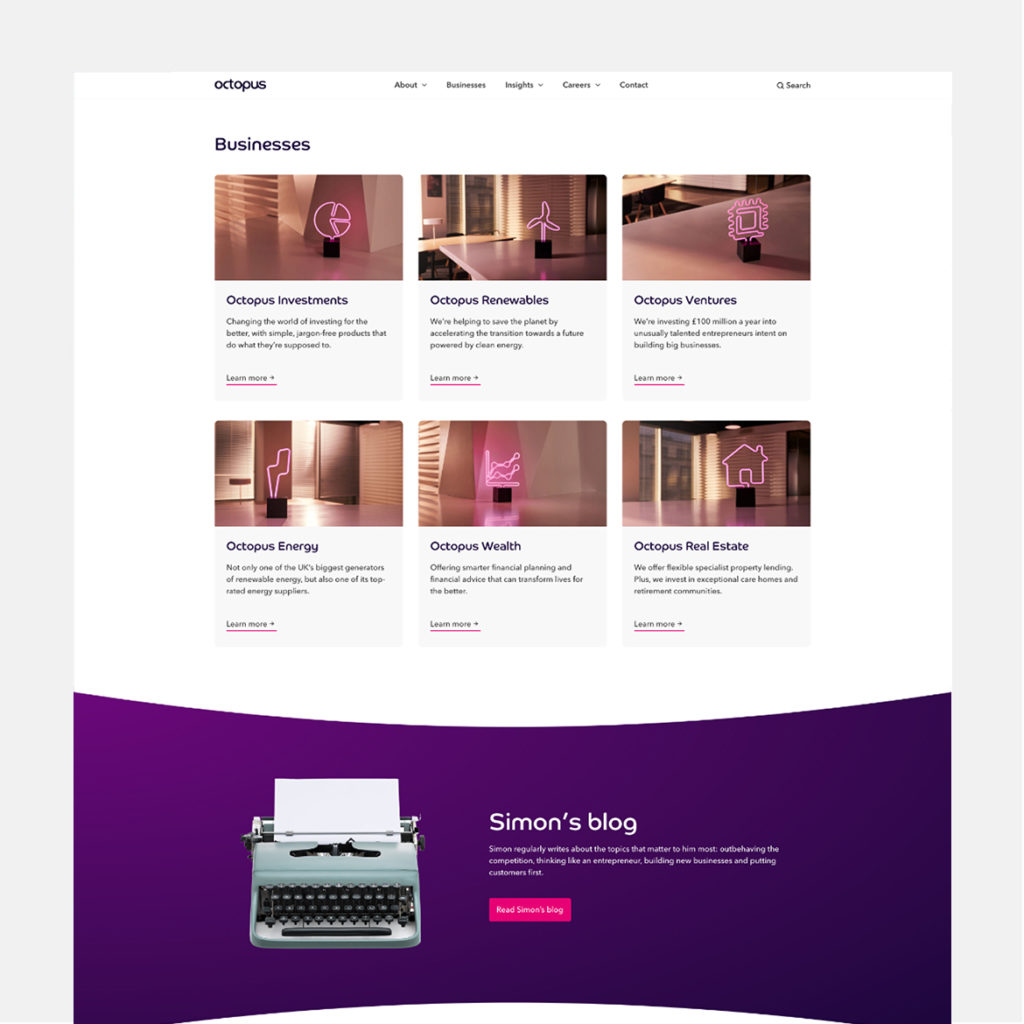
Scalable design and development
As the Octopus Group continues to grow, so does its multisite network, and with an extensive selection of reusable components in place the organisation is now able to launch new sites for new subsidiaries within an incredibly short timeframe. Working closely with the Group, Big Bite launched the first site – octopusgroup.com – on its new ecosystem in 2020, which was shortly followed by ten further sites. We also continue to provide ongoing support to the organisation while it retains publishing autonomy.
The new Octopus WordPress theme has revolutionised the way our business functions on a daily basis, particularly our marketing and content teams. The Gutenberg editor allows us to react to new business needs very quickly, and productivity among our teams has increased massively.
Mona Steininger
Head of Digital, Octopus Group
Building a product to make design scalable:
Implementing a design system into WordPress
Amnesty International
Widely recognised as the world’s leading human rights organisation, Amnesty International is a global movement of over 10 million people who are working together to fight abuses of human rights through detailed research, determined lobbying, and powerful campaigns.

Creative consistency
By its very nature, the organisational structure of Amnesty is extremely complex and dispersed across a vast number of territories. Previously this meant that various publishing platforms were being used by different teams to share and disseminate vital information online, which made it increasingly difficult to achieve content consistency in terms of brand, user experience and workflows.
Following an in-depth discovery phase from Big Bite, it was evident that the organisation required a single reusable framework to achieve brand compliance and establish a universal publishing process while meeting the increasing demands of publishing numerous websites, microsites and website rebuilds across all of its global hubs. To achieve this, we built a multisite network complete with a user-friendly core theme that enables Amnesty’s non-technical teams to use predefined content blocks within their CMS, which they can populate with text, links and images to easily create and publish web pages and sites with a unified brand identity. The theme has also since been released as an open-source tool – Benenson – allowing the wider Amnesty International and WordPress community to utilise it. You can view a video showcase of the work here.
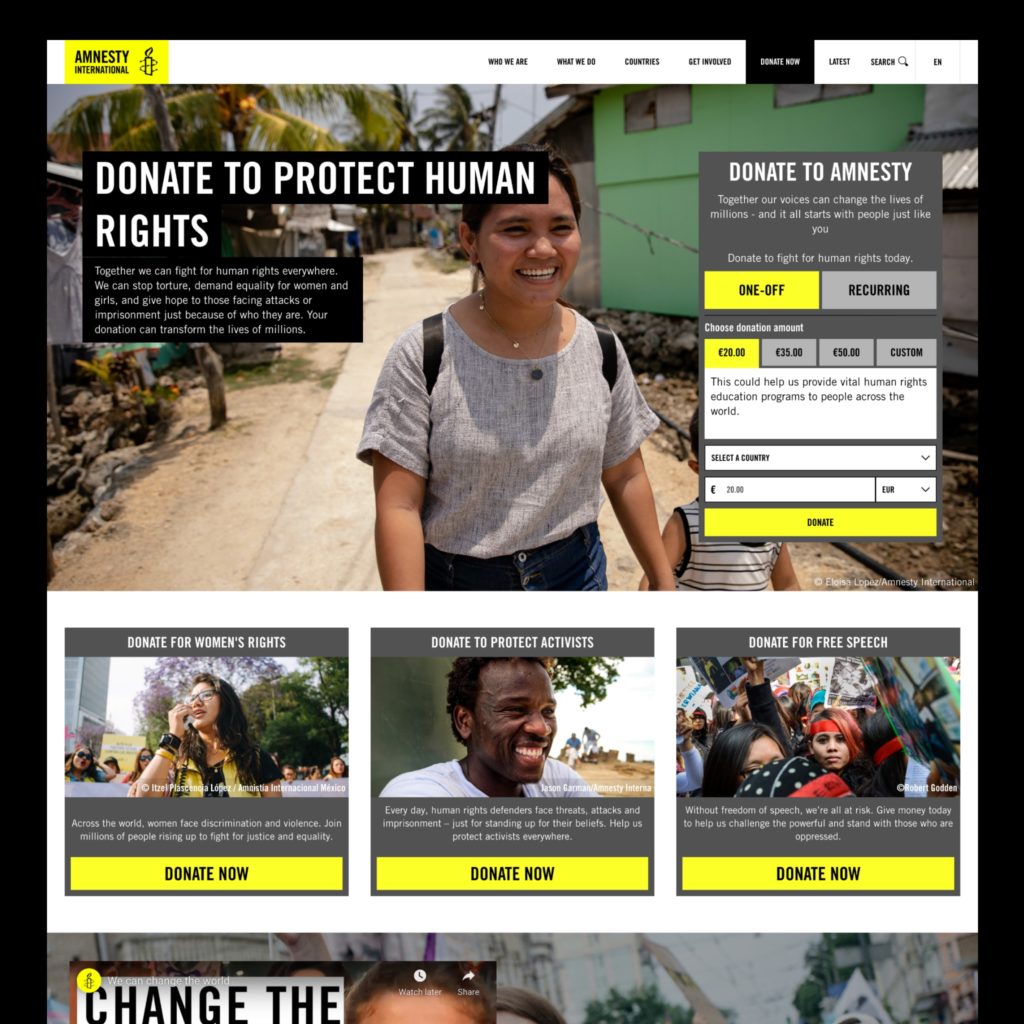
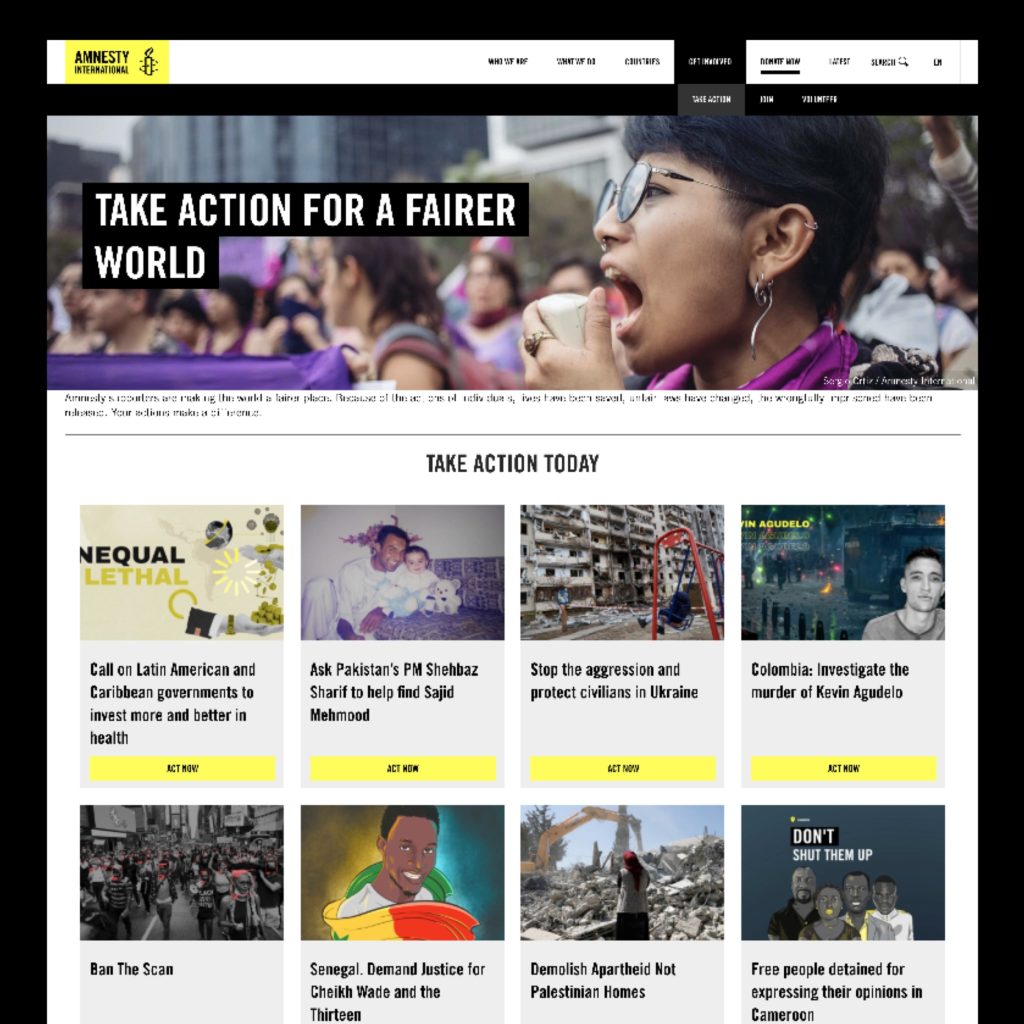
Native translations
Taking a multisite approach has also enabled the organisation to utilise the MultiLingualPress plugin – which is exclusively available for sites on multisite networks – to automatically translate much of its online content from English to Arabic, French and Spanish. On behalf of the client we also developed a custom translation tool that allows Amnesty’s translations team to export content from WordPress, edit and translate copy using their internal system, and then reimport the updated content back into the Amnesty CMS.
We’ve learned with this project that we don’t need to reinvent the wheel every time a colleague asks for a website – if you have a little bit of work that you can use as a foundation, you can make that website and make that wheel go a lot faster.
Caroline Courtney
Digital Content Coordinator, Amnesty International
Robust foundation for rapid expansion
As well as enabling an unlimited number of sites to run from a single WordPress installation, multisite functionality initially provided the answer to a wide number of development challenges when it was rolled out over a decade ago. By making it possible to run multiple sites from a single web server, easily share plugins and themes across sites, and implement single sign-on functionality for sites on different domains, multisite was embraced by many for various reasons.
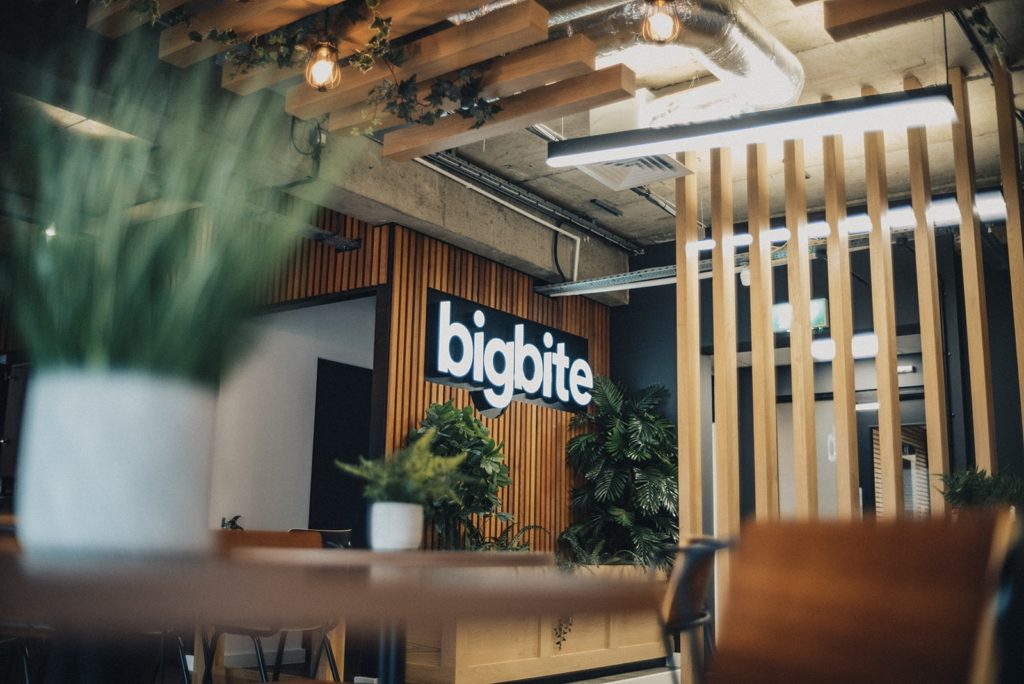
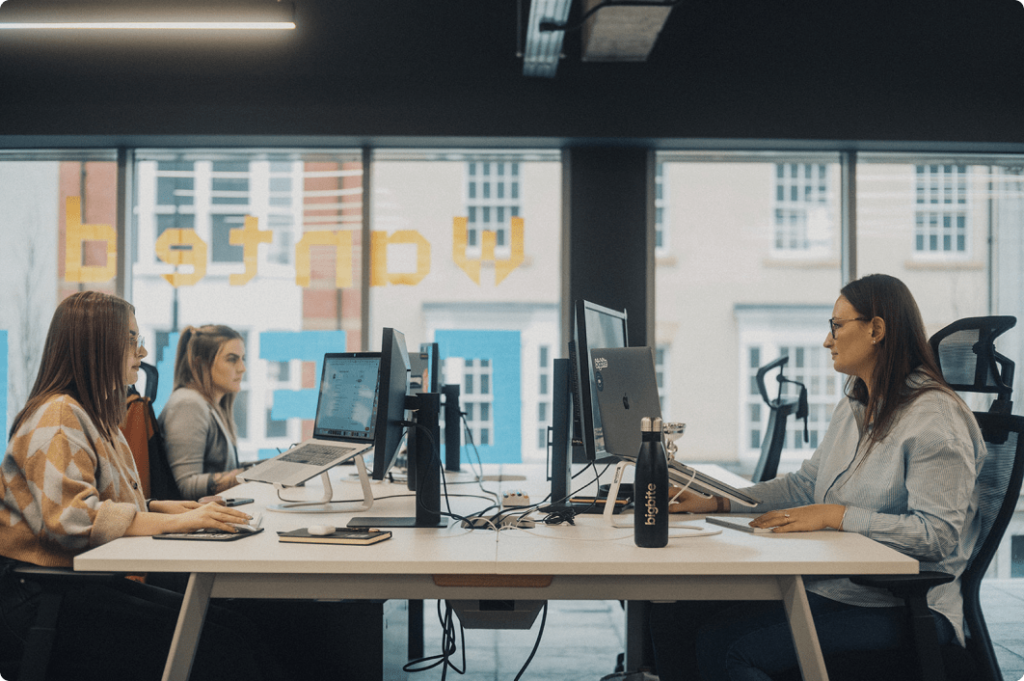
Following on from the continuous evolution of the WordPress platform and the wider array of publishing, hosting and site management tools that are now available, it’s fair to say that multisite isn’t necessarily required for many of those original purposes, however what remains absolutely unchanged, is the breadth of advantages that it offers to large-scale publishers.
A multisite network continues to be the optimum choice for enterprise organisations that either need to more easily publish content in a number of different languages, effortlessly maintain brand consistency across a wide variety of sites and pages, establish a uniform approach to content creation across dispersed teams and publications, or automatically syndicate content between numerous online destinations. Along with the added incentives of faster onboarding for new teams and quicker production lead times, a multisite network also provides the most robust solution for organisations looking to efficiently scale up their digital presence in tandem with the growth of their business. By enabling non-technical departments to self-build and self-publish sites, subsites and web pages in extremely short timeframes, multisite delivers the technical foundation that many organisations need to achieve their digital publishing goals, without limits.